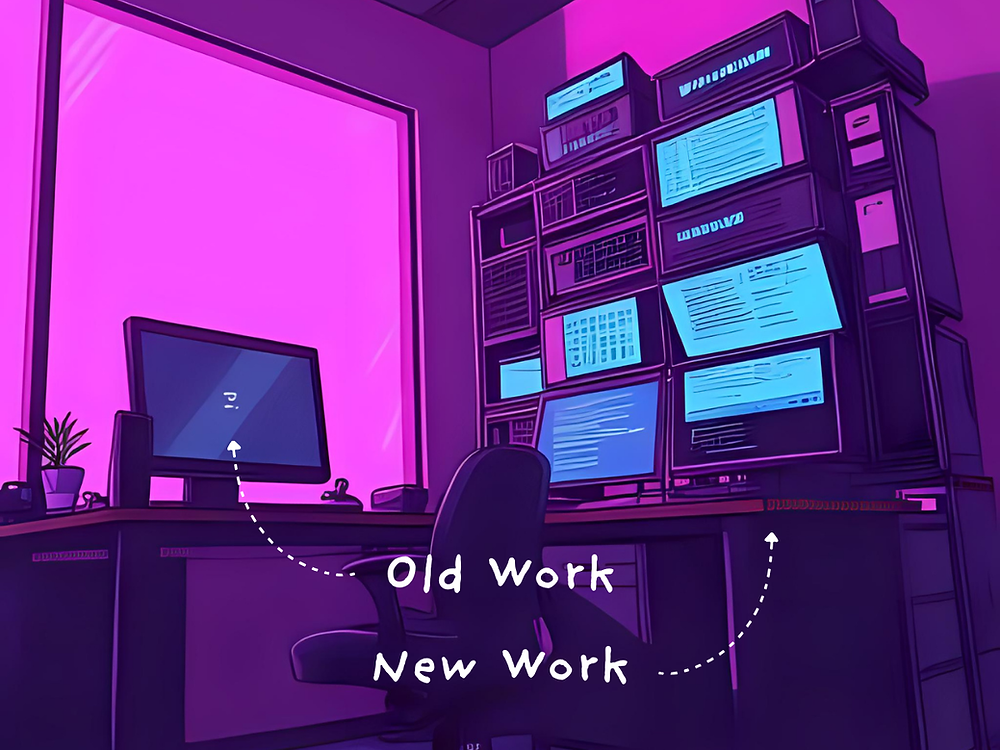
Cloud Systems Don’t Reduce Work, But They Do Redistribute It
Many educational institutions invest in modern cloud systems for HR, Finance, Student management, or CRM with a common belief: “This will automate work away.”
The reality? Workloads don’t disappear, they shift.
Instead of removing workloads, these systems frequently redistribute them across different departments.
The Shift in Workloads
As institutions migrate to cloud-based systems, workloads shift significantly among departments.
For example, IT teams might find some relief from managing outdated software and batch jobs. Yet, offices like the Registrar, Financial Aid, HR, and Finance often take on new responsibilities. These new tasks can include system configuration, release testing, and overseeing data integrity.
Unfortunately, these offices usually face additional work without an increase in personnel, limited training opportunities, and existing skill gaps.
Understanding the Risks
This shift in workloads presents a range of potential risks for institutions. Staff often experience increased stress due to the additional responsibilities, which hurts morale and productivity. Inadequate training and support heighten the risk of compliance errors, putting the institution at risk of regulatory penalties. In frustration, shadow systems sprout throughout functional areas challenging the authority and accuracy of the cloud-based system of record.
Rather than placing the blame solely on the new systems for these challenges, it is crucial to navigate the support model constructively. Recognizing and addressing workload shifts is the first step towards fostering a sustainable work environment.
Rethinking the Cloud System Support Model
To successfully manage the redistribution of work, institutions should implement a few strategic approaches:
Reallocate IT Staff: By embedding IT professionals within functional offices, communication and collaboration can improve significantly.
Create Hybrid Roles: Establishing “techno-functional” roles can bridge the gap between technical and functional knowledge. These interdisciplinary positions ensure that staff understand both system operations and their broader impact on institutional goals.
Invest in Training: Training programs must extend beyond basic system use. Educating staff on the importance of their actions can enhance engagement and responsibility regarding the new systems.
Empowering Institutions for Success
Institutions that strategically prepare for workload changes do not merely implement new systems; they empower their teams, reduce risks, and realize tangible returns on investment. By proactively addressing the redistribution of work, schools can cultivate a more balanced and effective operational environment.
At Legato Strategic Consulting, we specialize in helping institutions outline responsibilities, realign staffing, and offer the necessary support so that functional offices do not face these challenges alone. We provide a free hour of consulting for all higher education institutions interested in discussing their needs and exploring effective staffing solutions.

Final Thoughts
While cloud systems in higher education may not always reduce workloads, they certainly alter how work is distributed. By recognizing this shift and implementing strategic support models, institutions can effectively manage the complexities of modern systems. Stay informed, and consider joining our newsletter for more insights and tips tailored for higher education professionals.






